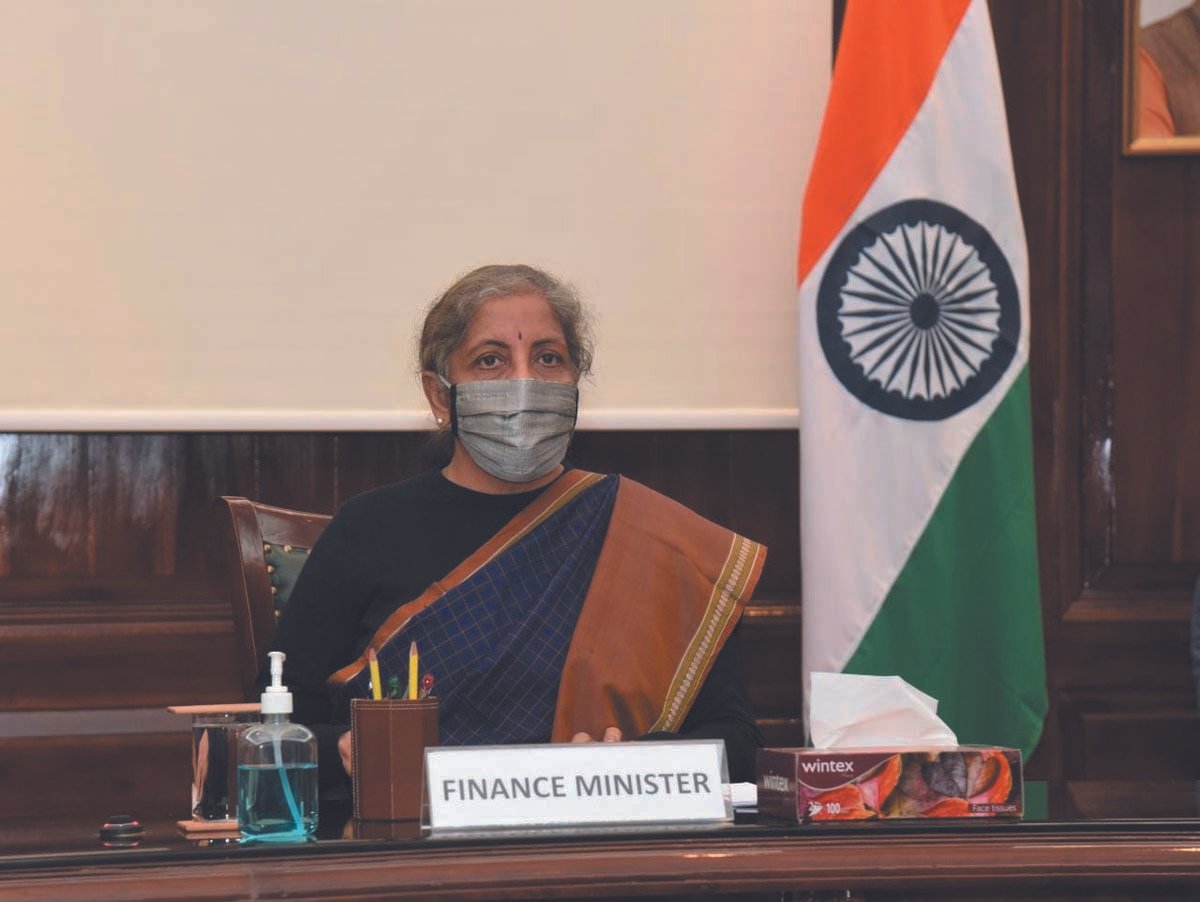MONEY
Market upbeat amid stable economy and robust foreign capital inflows
- IBJ Bureau
- Aug 02, 2023

The stock market is on fire. The BSE Sensex and the NSE Nifty have hit multiple highs in the past few months. The benchmark indices closed at their latest all-time highs in mid-July, with the Sensex rising past 67,000 and the Nifty surging more than 19,800 points. Since then, the indices have dropped slightly from their record perches, but the mood is still quite upbeat.
Interestingly, the market rally in the last three months has been broad based, with the Nifty Midcap and the Nifty Smallcap rising by over 17 and 20 per cent respectively. In fact, the two indices have outperformed the frontliners, with the Sensex and the Nifty moving up by around 10 per cent each during the same period. The ongoing rally is not limited to India alone but is a part of a global phenomenon.
Several factors – including improving macroeconomic fundamentals, healthy quarterly earnings, sustained foreign capital inflow, signs of easing inflation and expectations of an end to the monetary tightening by global central banks – have been boosting the market sentiment. The Indian economy finds itself in a very favourable position as a bright spot surrounded by a global gloom of slowing economies. India has consistently grown by around 6 per cent in the past two years, making it the fastest-growing economy in the world.
Besides, the country’s declining Current Account Deficit (CAD) makes it a robust economy. During the January-March 2023 period, the country’s CAD fell to $1.3 billion, aided by cooling oil price and a booming services sector registering a services trade surplus of $39.1 billion during the first quarter of 2023. As a percentage of GDP, CAD for January-March 2023 is 0.2 per cent compared to 2 per cent in October-December 2023 quarter and 1.6 per cent in the January-March 2022 quarter. A stable currency, a rising Purchasing Managers’ Index, consistent growth in GST, vibrant direct tax collections and resilient growth of credit have all turned the country into an attractive investment destination.
No wonder then that foreign portfolio investors (FPIs) have been making a beeline for the Indian stock market. They have invested into shares worth over Rs 1,23,000 crore in the first seven months of 2023, pushing the benchmark indices up to dizzying heights. They find India as a reliable market to reward them with better returns for a longer time, given its stable macroeconomic conditions.
Moreover, the Dollar Index – which measures the US currency against its six major rivals – has fallen by about 0.114 per cent to below 100 points. The slipping Dollar Index indicates that the US Federal Reserve is nearing the end of its policy tightening as inflation eases. It also shows that FPIs will stick to emerging markets like India as their currencies become stronger against the dollar.
The one-year forward price-to-earnings (PE) ratio of the Sensex and the Nifty currently trade at over 19 and 18 times respectively. This shows that the benchmarks are reasonably valued and have potential for further growth in the next few months.
Amid the vibrant mood, there are some concerns over the market rally being sustained for a longer term. The biggest worry, of course, is the sticky food inflation that may upset inflation calculation, compel the RBI to raise rates and turn out to be the party pooper. The other concern is the global slowdown and the US slipping into recession, which may happen by the end of this year. It could have a dampening effect of markets across the world, including India. For now though, those worries are a distant reality as investors gear up to make further gains.





















Report By
View Reporter News